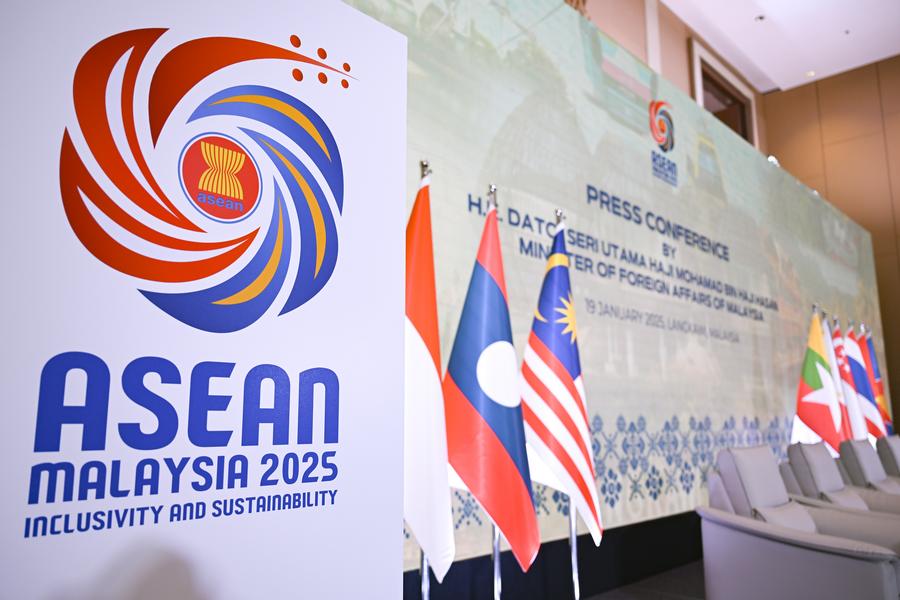
KUALA LUMPUR - Instability and fragmentation of the global climate agenda, caused in part by US tariffs on solar photovoltaic manufacturers in Southeast Asia and the withdrawal of the US from the Paris Climate Change Agreement, have made it clear that regional leadership to achieve sustainability goals is the way forward, according to the Malaysian Minister of Natural Resources and Environmental Sustainability Nik Nazmi Nik Ahmad.
ALSO READ: ASEAN eyes united response to tariffs
Nik Nazmi spoke at a recent forum, stressing the need for cooperation among the Association of Southeast Asian Nations (ASEAN) in pooling their collective resources to face climate challenges, as the region is subject to increasingly frequent extreme weather events, rising sea levels, biodiversity loss, and economic damage.
READ MORE: Delegation stresses HK's gateway role in ASEAN-China partnership
"Together, ASEAN can lead. We have natural resources, growing markets, young populations, and a shared destiny," he said, adding Malaysia remains committed to achieving net-zero greenhouse gas emissions by 2050, with an interim goal to peak emissions by 2030 and reduce emission intensity per unit of GDP by 45 percent by 2030 compared to 2005 levels.
READ MORE: Xi's ASEAN visit a good sign from Beijing
He also highlighted the ASEAN Power Grid (APG) initiative, which seeks to connect national grids across borders, enabling a more resilient, affordable, and sustainable energy system. It is key to increasing and scaling up renewable energy in the region, he said.
"Our power integration projects aim to trade not just electricity but clean electricity. This is a strategic pathway to decarbonize our power sector, which remains the single largest source of emissions in the region," he said.


